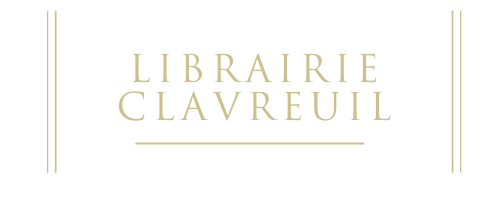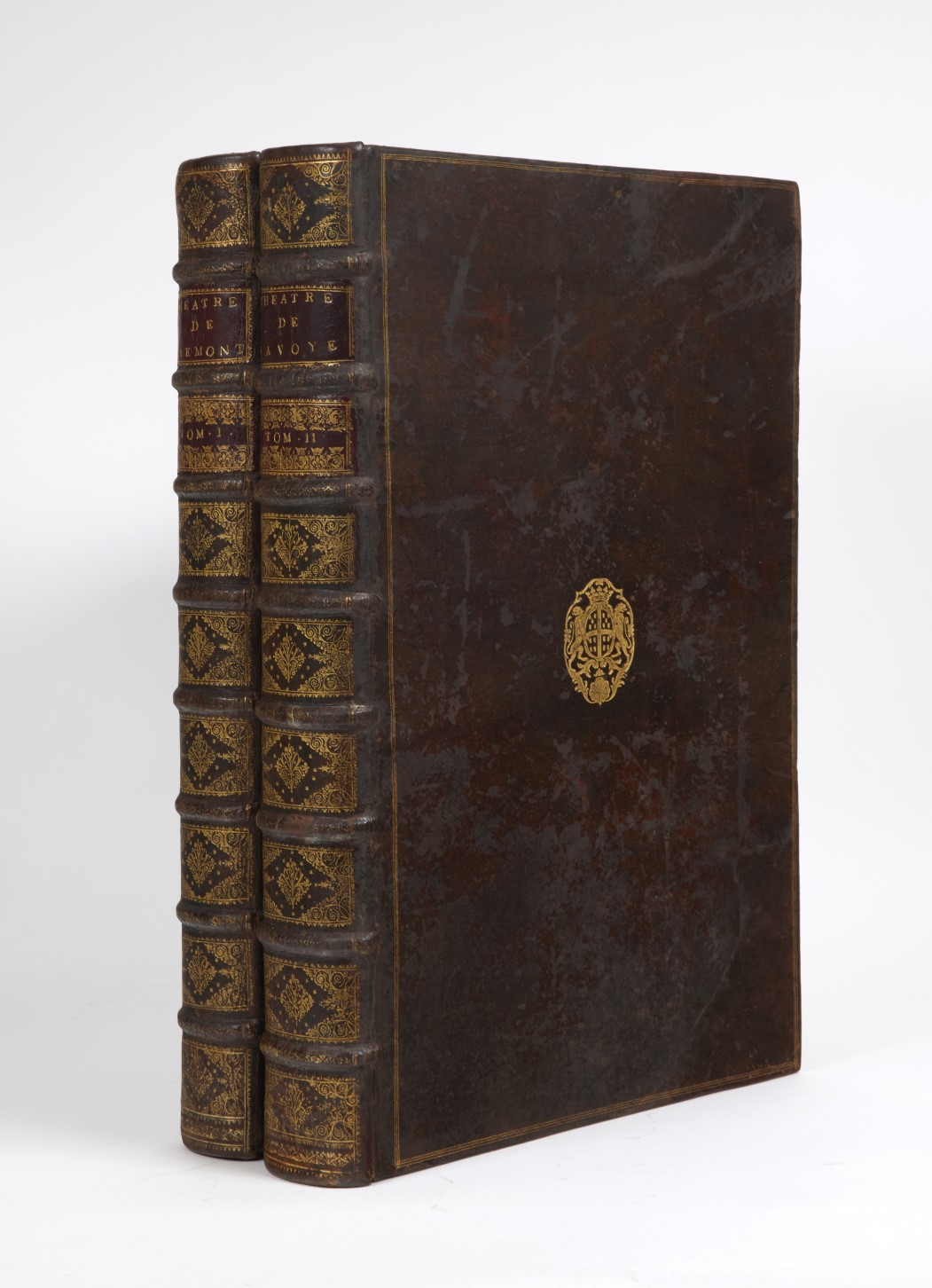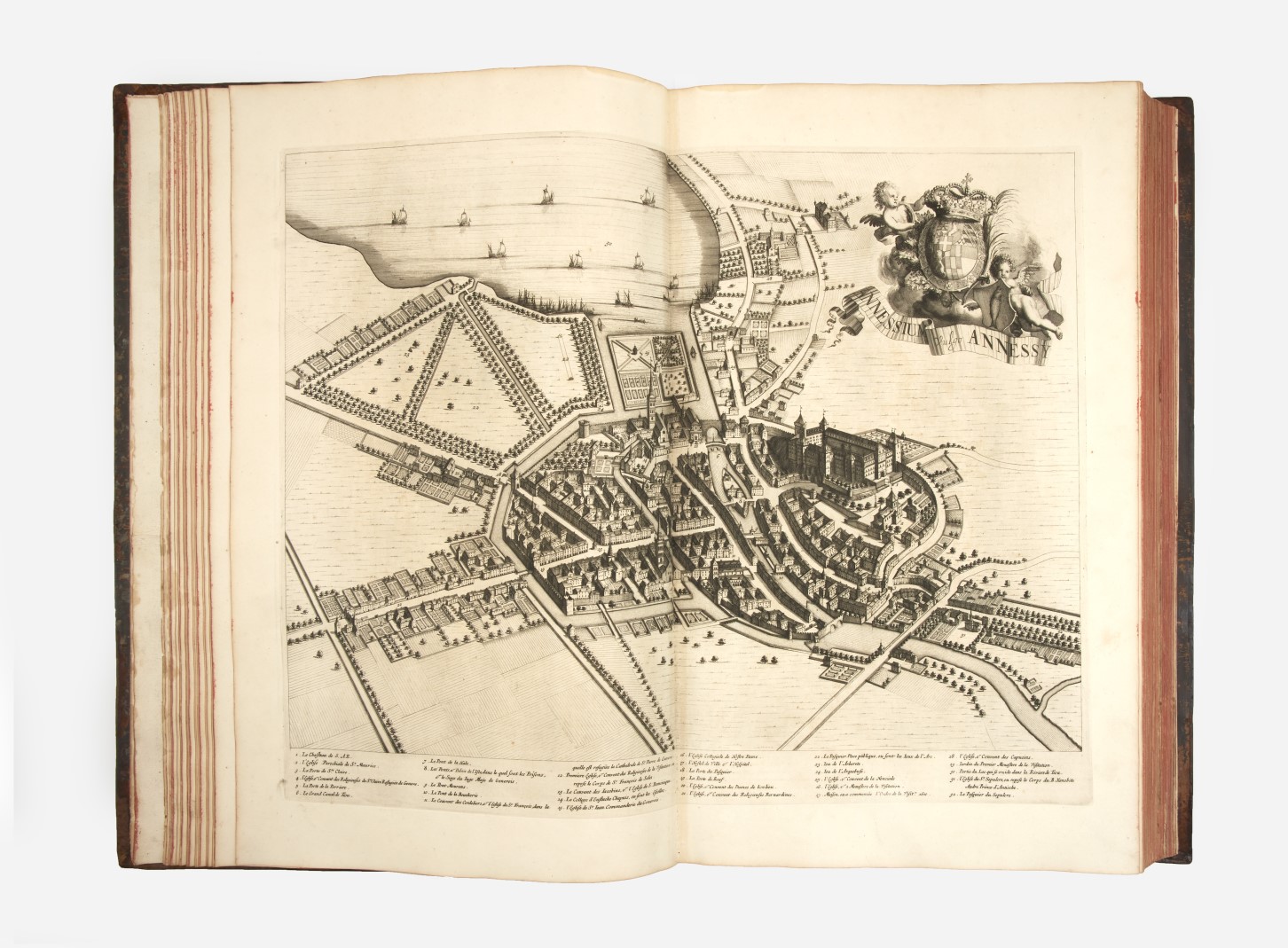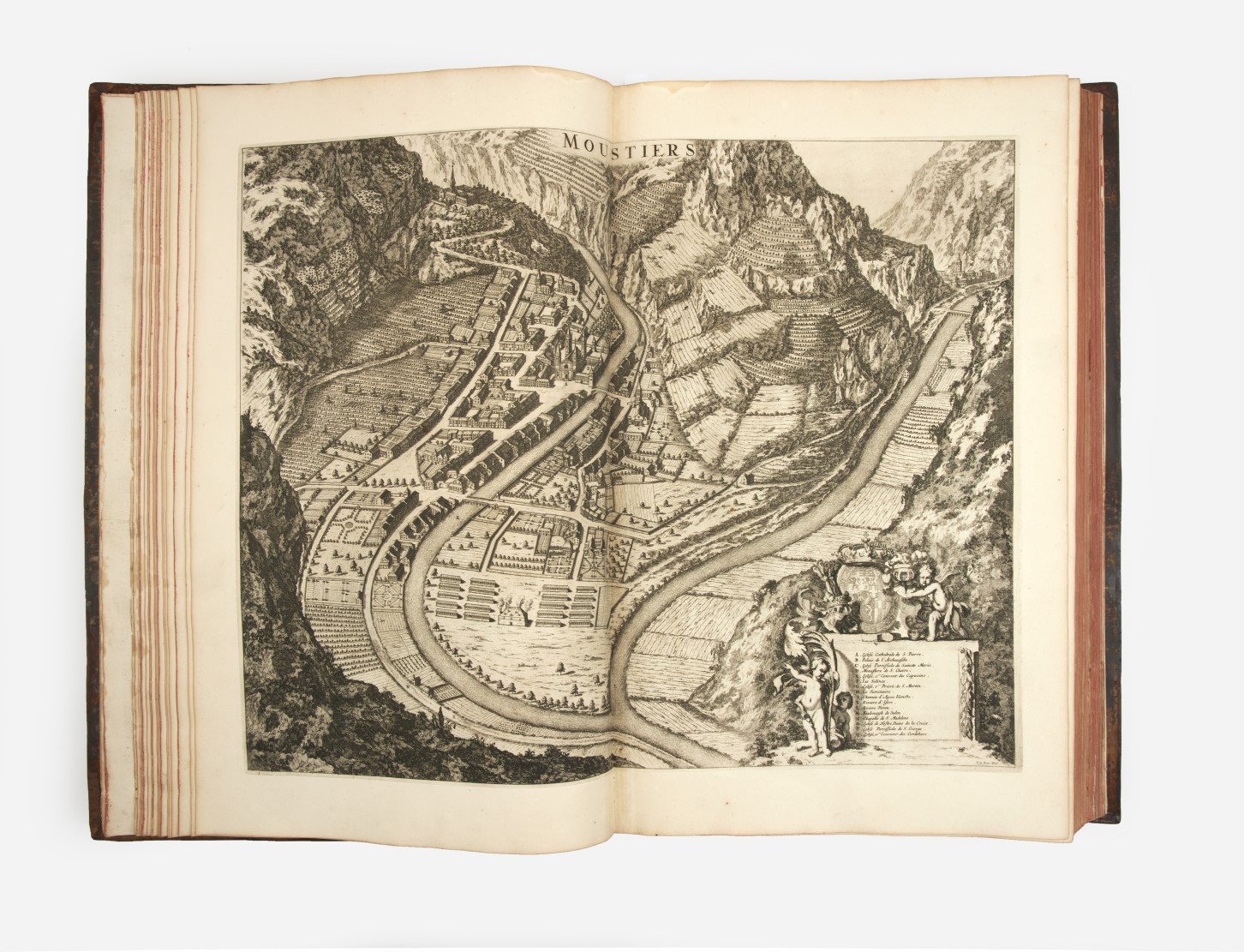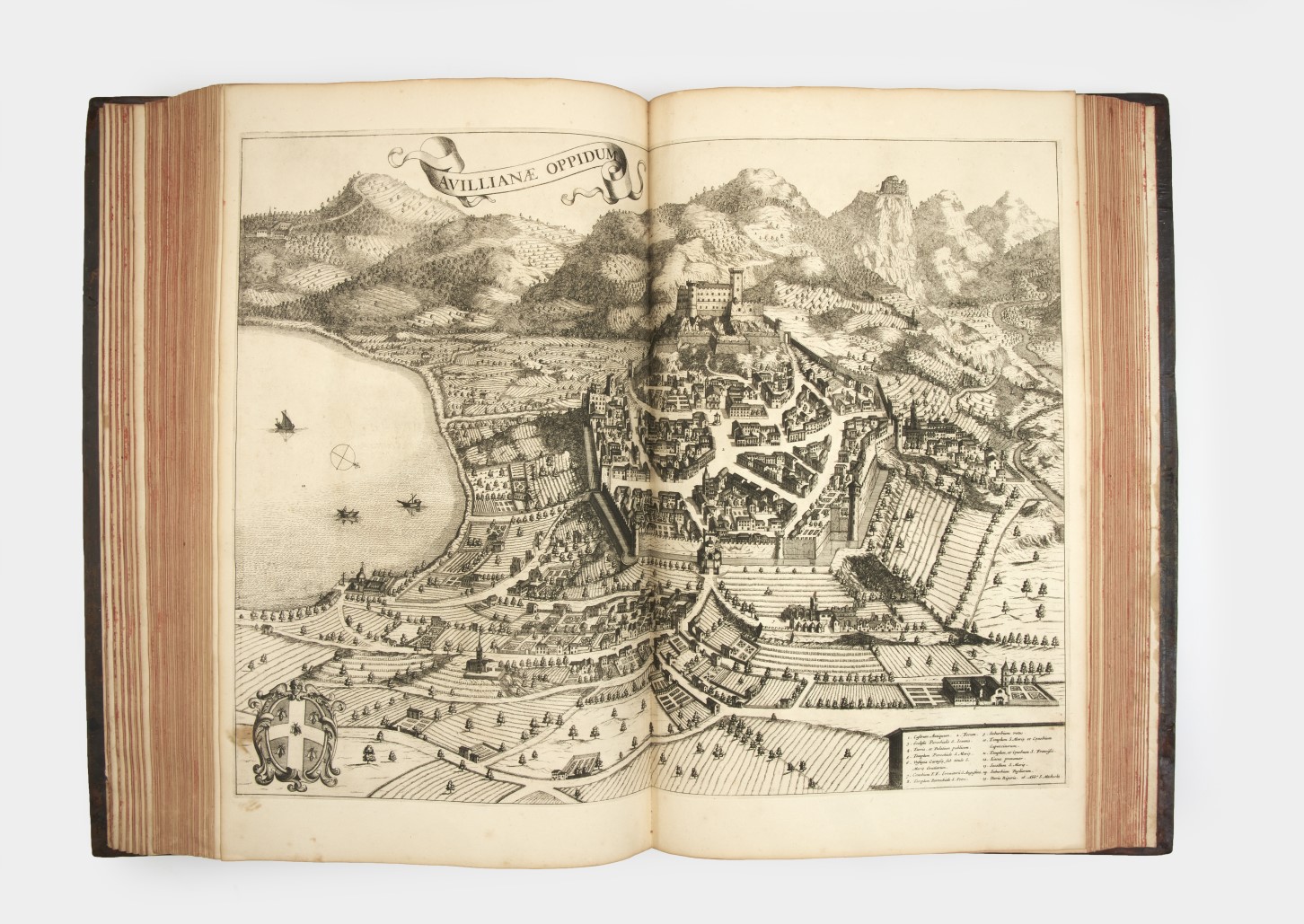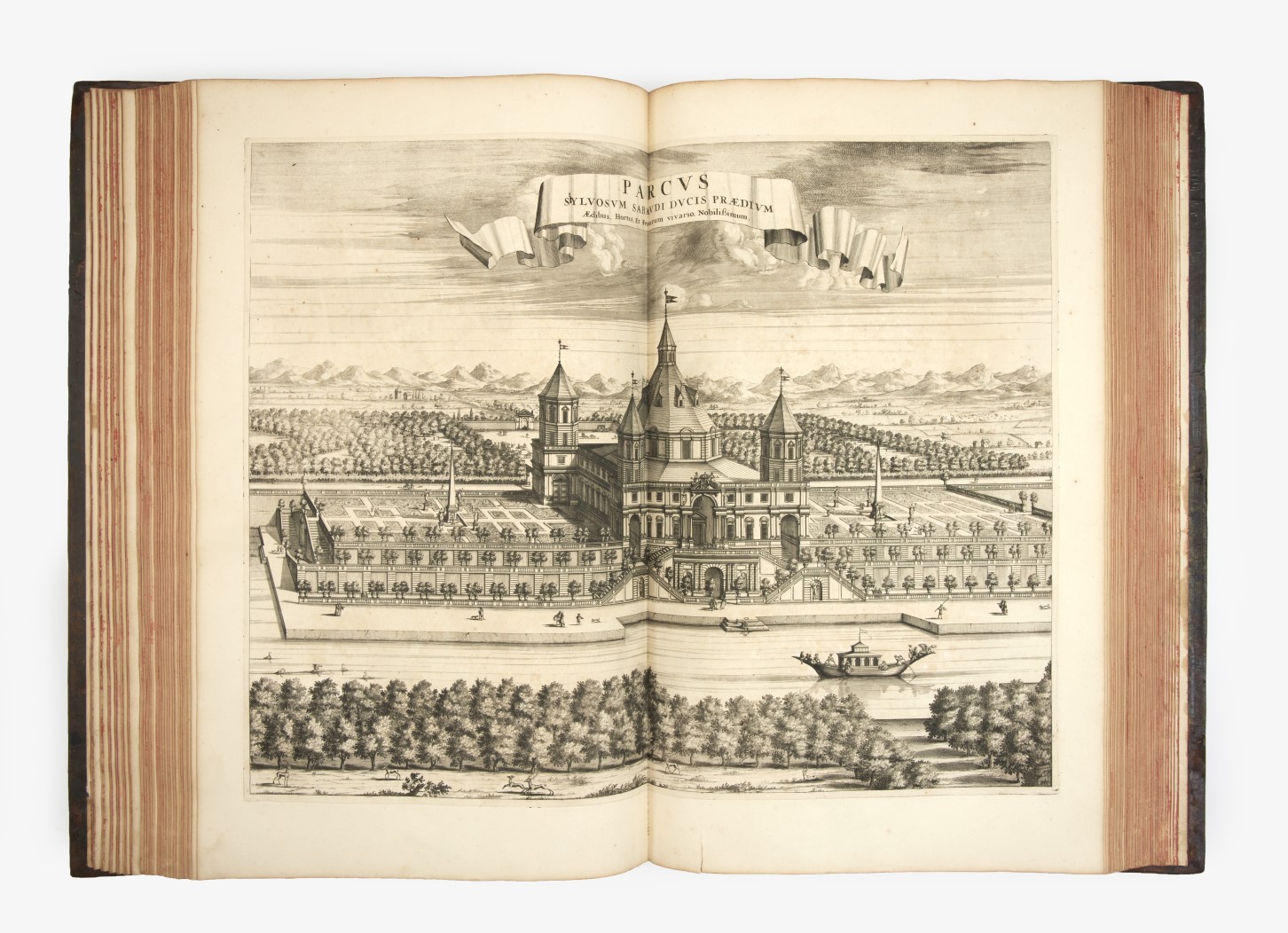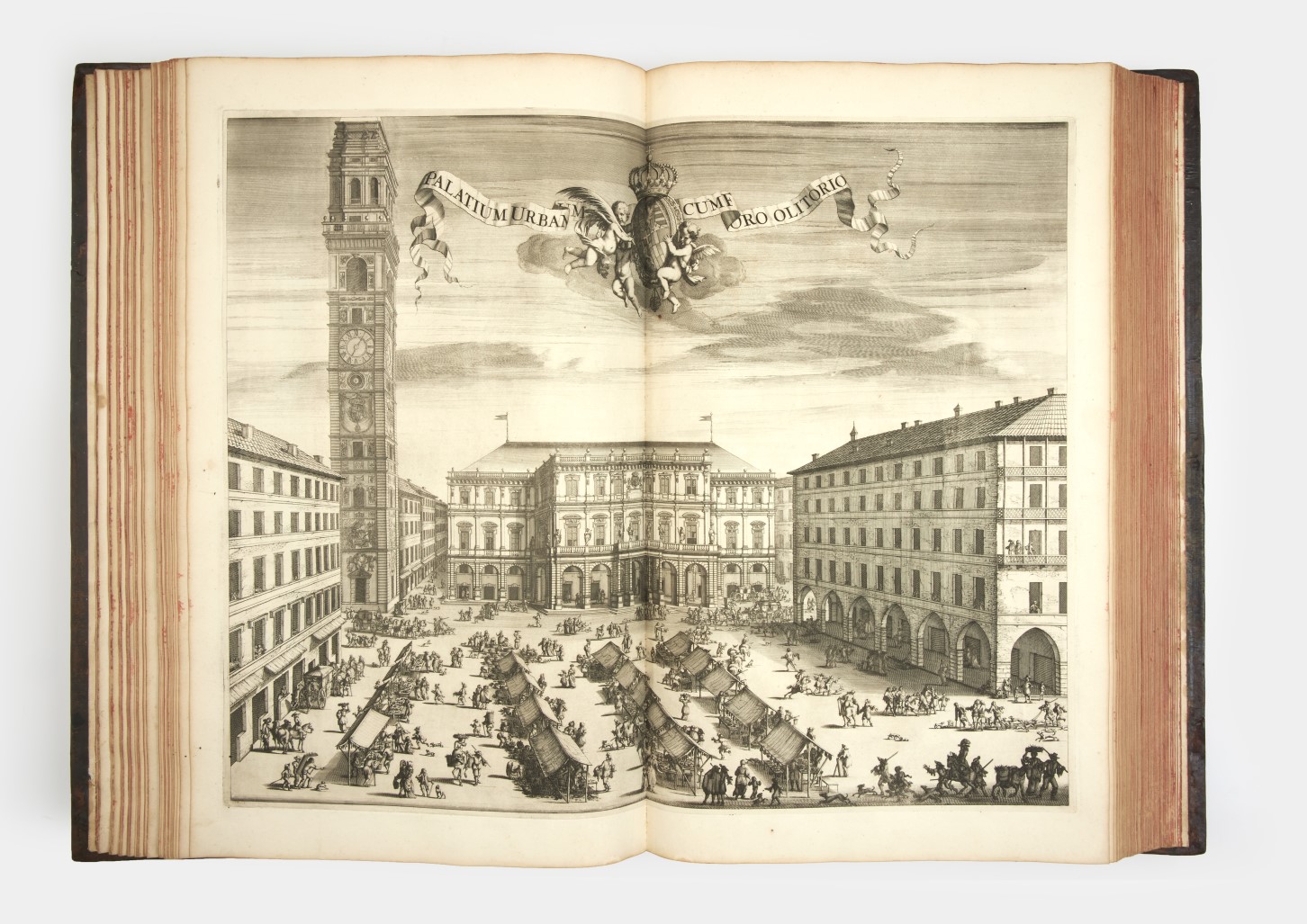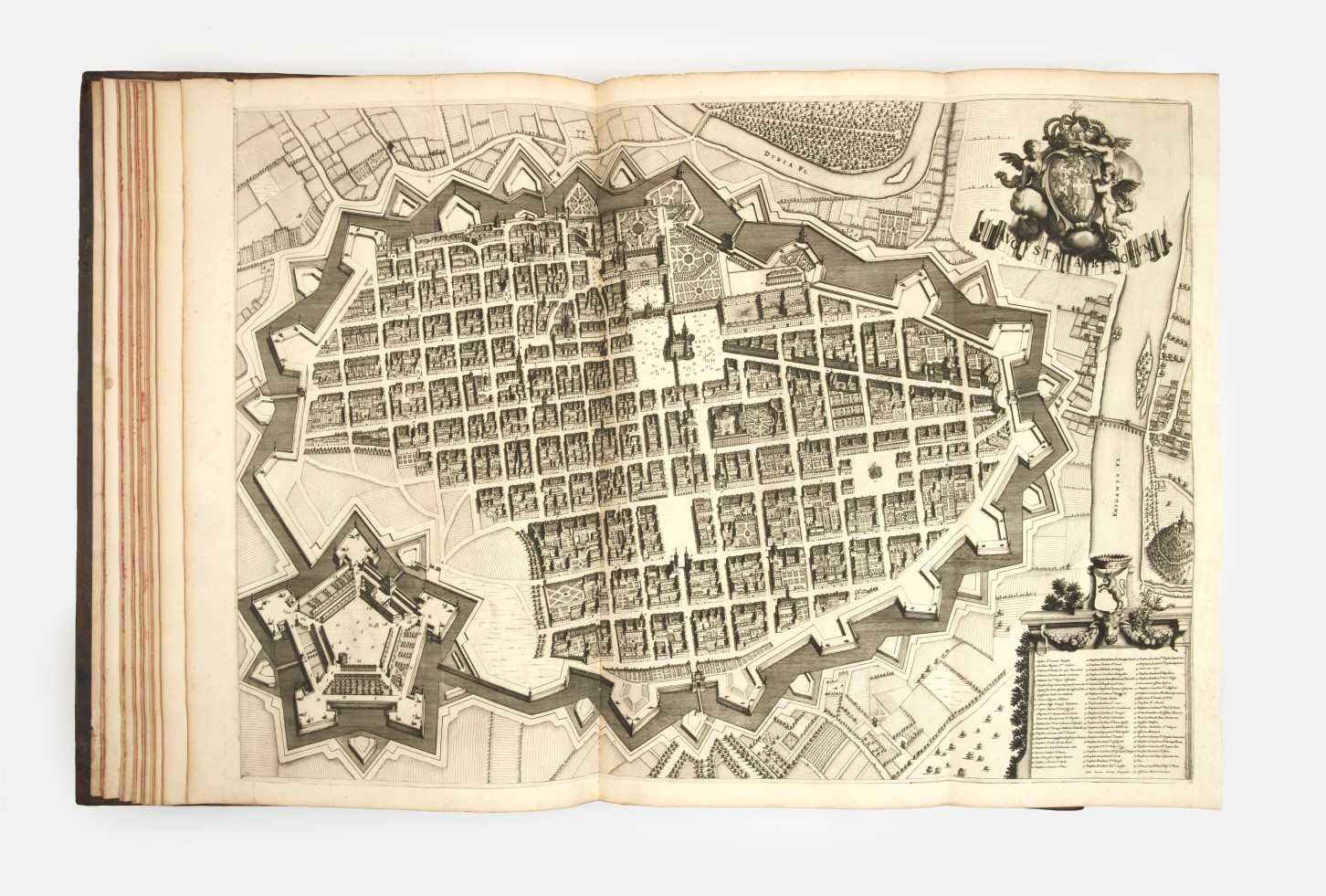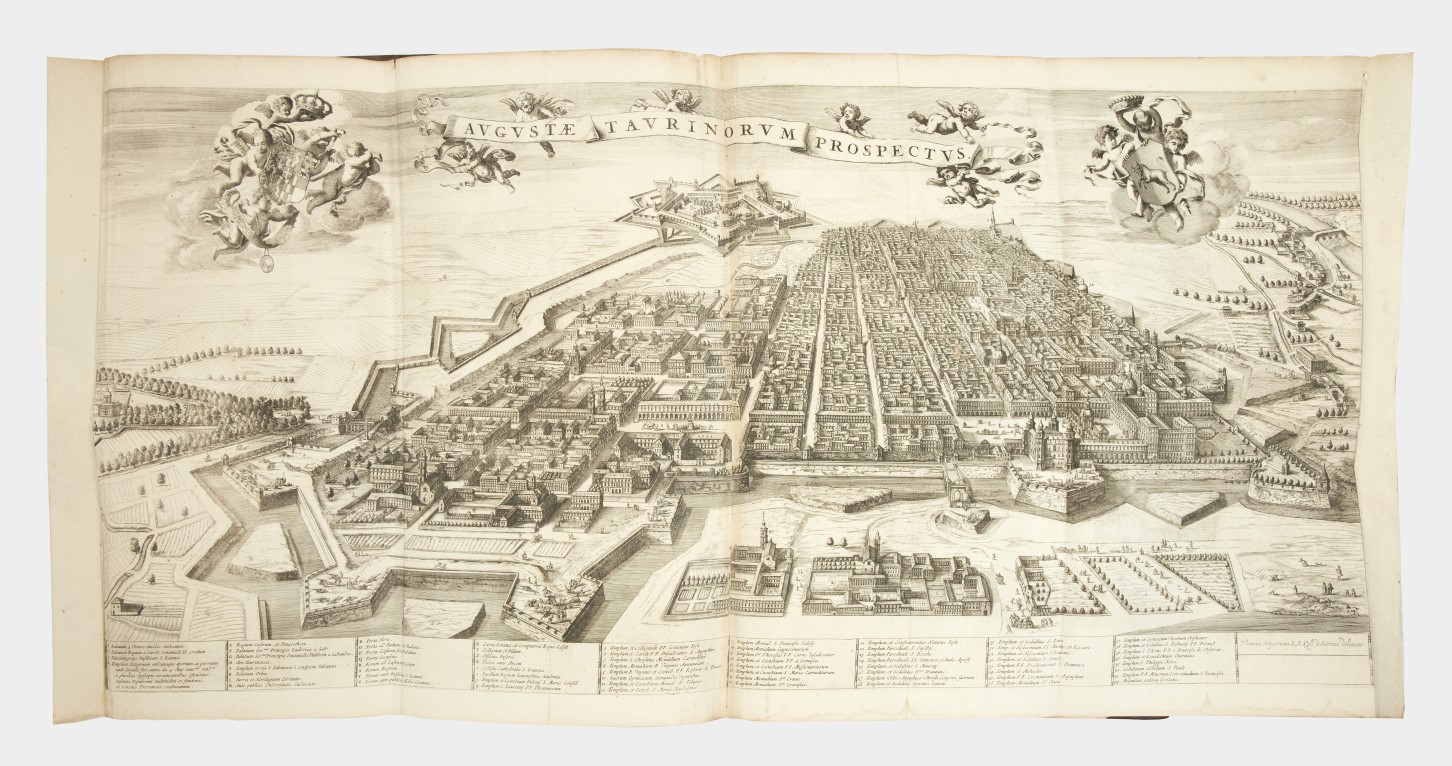In stock
First edition of the French translation of this celebrated work on the history and the topogrpahy of Pedmont and Savoy.
Published in the 17th century, the Theatrum Sabaudiae is the reference work of the Humbertian dynasty. With a vast iconographic and cartographic programme, it also offers a historical, geographical, economic, cultural, social, and religious description of the regions and main towns of the whole of the States of Savoy-Piedmont placed under the sovereignty of a Duke who aspired to become King. The concrete realisation of this editorial enterprise, which began in 1657, required a large part of the intellectual, financial, and administrative resources of the duchy and its capital, Turin, for twenty-five years. It was a work of prestige intended to promote the greatness of the Duchy of Savoy to the monarchies of the whole of Europe. In January 1682, the renowned Dutch publisher-printers Blaeu announced that the Theatrum Sabaudiae was complete.
The first edition, published in in Latin, was printed only in fifty copies reserved exclusively for the House of Savoy. The book proved to be a success wherever the Regent Marie-Christine de France (1606-1663), known as Madame Royale, who offered it as a royal gift. However, the perpetual financial shortage of such customers caused serious damage to the publishers’ finances, who were constantly obliged to advance funds without being paid in return. The Blaeus fought back in their own way. In 1693, Pieter and Joan Blaeu, with the agreement of their partners, decided to publish an edition in Dutch to make the work accessible to a wide audience of bibliophiles and print lovers. Later, in 1697, their son-in-law, Adrian Moetijens, a merchant-librarian in The Hague, bought the entire printing business, the publishing house, its copperplates and archives, and the rights and privileges attached to the Theatrum Sabaudiae from the last Blaeu. In 1700, he published the French translation by a Jesuit who respected the text, the order of the plates and the original presentation (see Anne Weigel, Online Archive, Savoy).
Anxious to control this detailed inventory of the riches of their territories, the regents and dukes of Savoy were attentive to the progress of the enterprise, without however ensuring its financing, which was often left to the municipality of Turin. In turn, the regent, Marie-Christine of France (1606-1663), known as Madame Royale, her son, Duke Charles-Emmanuel II (1634-1675), then the second regent, Duchess Jeanne-Baptiste of Savoy-Nemours (1644-1724), and the young Victor-Amédée II, who was crowned king in 1713, followed closely the printing of the beautiful work. Their portraits figure prominently in the Theatrum.
The topographical surveys of the landscapes and urban sites were carried out by the most experienced military engineers, including the draughtsman G. T. Borgonio, author of two maps of the area. Borgonio, author of the two maps (Savoie and Chablais with Lake Geneva) and the fifteen views of Savoie: St Jean de Maurienne, Rumilly, Chambéry, Montmélian, Moûtiers, Annecy, Sallanches, Bonneville, Evian, La Roche, Thonon, Aix-les-Bains, the Roman Arch, Hautecombe, the Chemin des Echelles. He took care to enlist the help of the best engravers in Amsterdam, such as J. de Broen, C. Decker, J. de Ram and Romeyn de Hooghe (see Anne Weigel, Archives online, Savoie).
This copy is omplete with all plates called for : 70 in volume I including an explate with thte engraved portrait of Carolus Emanuel II, for which Koemn only calls for in the f=Dutch edition, and 71 plates in volume II.
Fine copy having belonged to the Duke Cesar-Gabriel Choiseul-Praslin with his central coat of arms on all covers.
Vous pourriez également être intéressés par ...
Related products
-
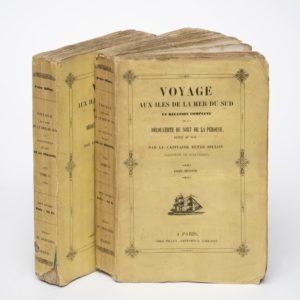
DILLON, Peter
2 800 € Add to basket
Voyage aux îles de la Mer du Sud
1830 -
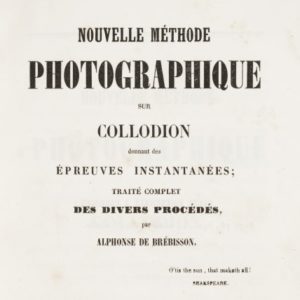
BRÉBISSON, Alphonse de
6 000 € Add to basket
Nouvelle méthode photographique
1852 -
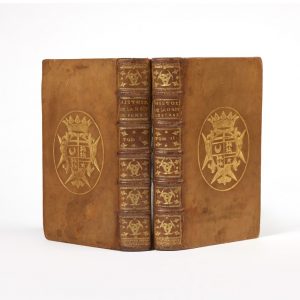
DU CERCEAU, Jean-Antoine
3 500 € Add to basket
Histoire de la dernière révolution de Perse
1782 -

TORY Geoffroy
60 000 € Add to basket
Champfleury Au quel est contenu Lart & Science…
1529
